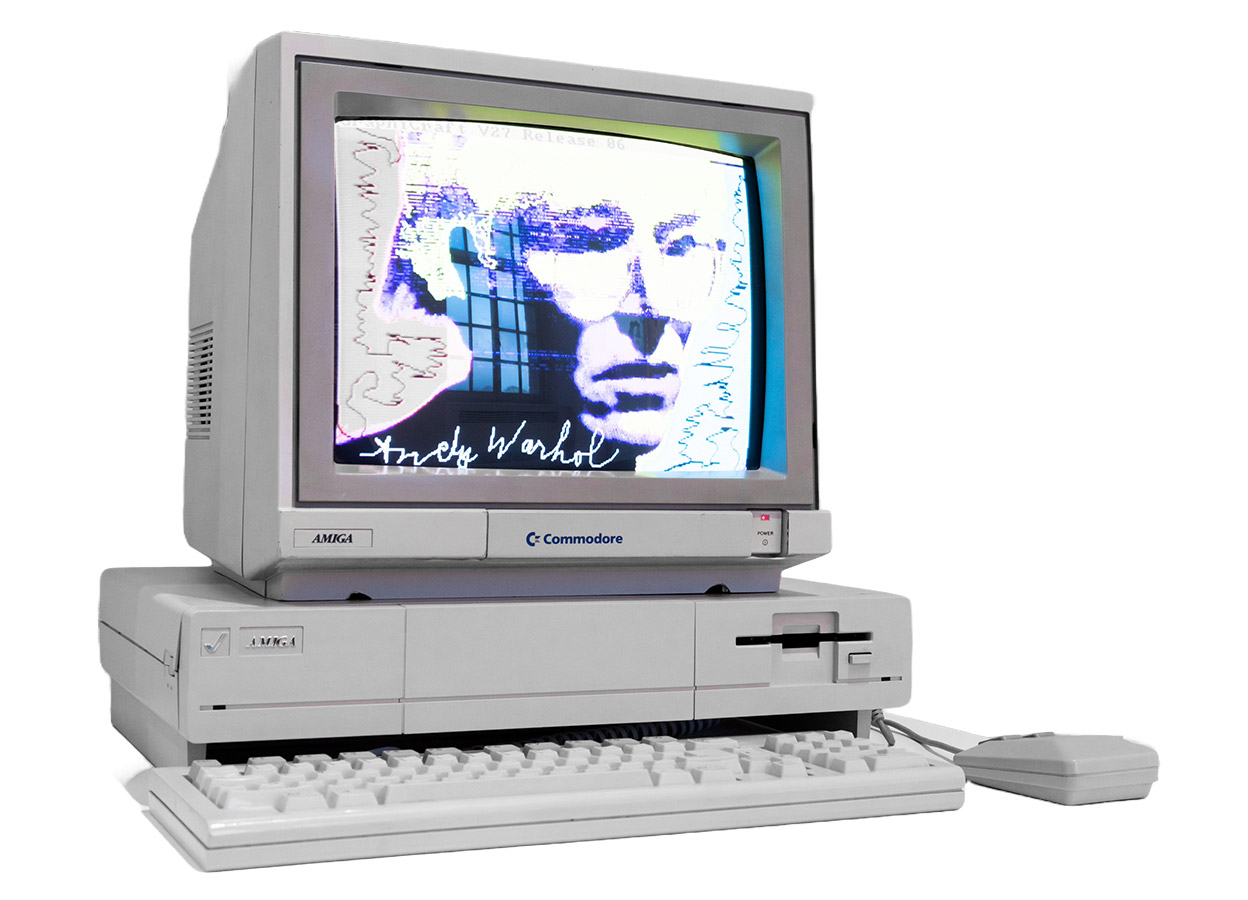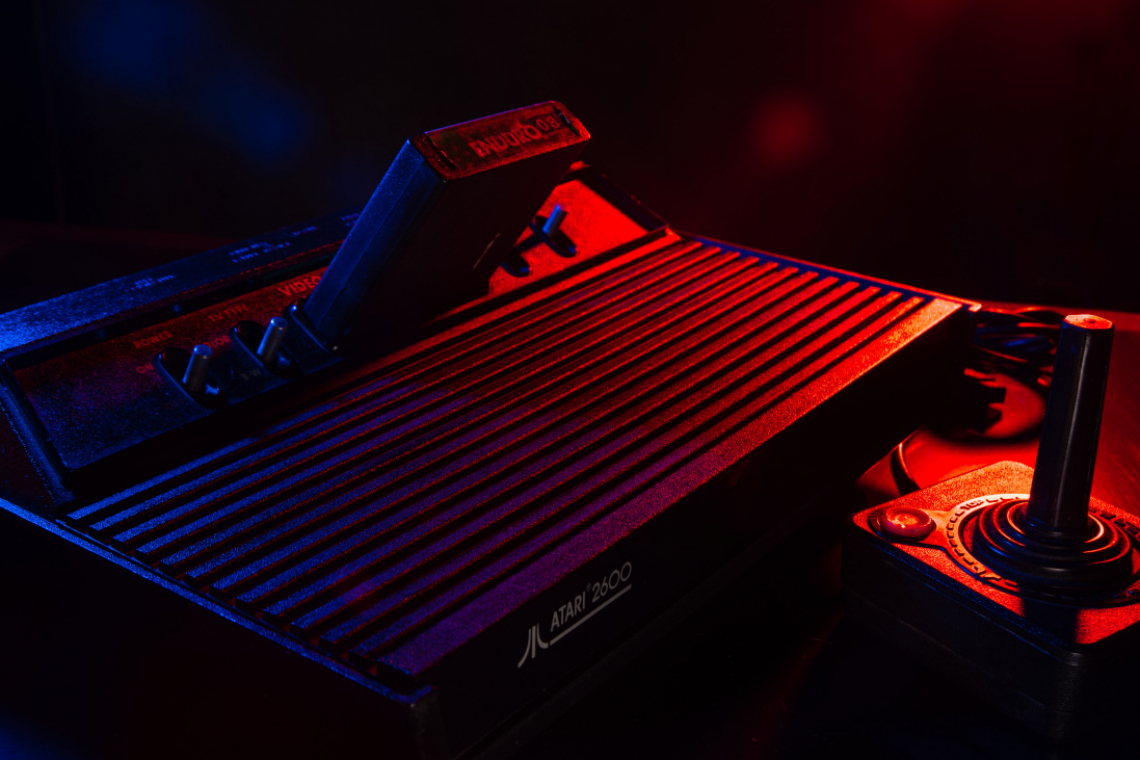Viewed soberly, a printed circuit board, even when fully assembled, is merely a technical device or even an aid. A means to an end. But thanks to electronics and the binary world based on it, memories and positive feelings are created at best.
While technology from the late decades of the 20th century evokes nostalgic feelings, current hardware often fails to do so. In the era of Industry 5.0, however, the connection between man and machine should be strengthened, so that modern technology could also create emotional connections again.
"How many programmers does it take to change a light bulb? None at all. It's a hardware problem." This old joke reveals a truth: software developers today hardly care about hardware. They type what they want as a result into a development environment and the software spits out a result. The details of the computer components are often irrelevant. The IDE exports for Windows, MacOS, Linux, smartphones or web applications at the touch of a button - essentially the only differences are resolutions and the user interface. Boards and chips are - from a developer's point of view - largely irrelevant.
But that wasn't always the case. As a child of the 1980s and 90s, I even wore a circuit board from a pocket calculator as a necklace pendant. Back then, hardware had a soul. My first PC, an 80286, the C64, Amiga, Atari ST, Game Boy and Game Gear - these devices evoke nostalgic feelings in me. A lively retro scene cherishes them and the memories associated with them.
Particularly impressive was the Amiga 1000, which was only called 'Amiga' when it was released in 1985 [1]. It was ahead of its time: a 16-bit architecture with a 32-bit operating system, conceived and significantly developed by Jay Miner. The case bore the signatures of the creators and the paw print of Miner's dog Mitchy on the inside. This connection between developers and consumers made the Amiga unique - in addition to the ingenious hardware design.
Computers of that time were more individual. The operating system, where available, was not subject to any common standards. The devices had an exceptional beauty, haptics and even scents that are dominated today by the warming dust on the electronics. Combined with the system startup and the sounds of the floppy disk drives, they appealed to all the senses. Books have been written and documentaries made about these machines and their developers. People understood the ideas and concepts behind them, especially when programming in assembler for these systems. Ken Williams, founder of the legendary company Sierra On-Line, summed it up in an interview in 2021: "The early computers, where there was no disruptive operating system, were a lot of fun." [2]
These days, I have a big PC, a Windows laptop and a mini PC. But I have no idea who is responsible for the hardware. It's not crucial, even with my Android smartphone. The components are almost only of interest to gamers who buy new devices every few years so that the latest games run smoothly. Good programmers of the Amiga era knew every trick in the book to get the most out of the computers of the time - and people appreciated that. In the 1970s and 80s, there were also manuals for the hardware, which were usually written by the developers themselves. Everything was described using circuit diagrams. Today, there is at most a quick guide explaining how to unpack and switch on the device.
 Originally planned as a games console, the Amiga 1000 was developed into a fully-fledged home computer thanks to its advanced technology
Originally planned as a games console, the Amiga 1000 was developed into a fully-fledged home computer thanks to its advanced technology
Connection between people and technology
With the introduction of Industry 5.0, this relationship could change again. Industry 5.0, developed by the European Commission, promotes industrial activities that go beyond productivity and efficiency. The aim is to focus on human well-being, sustainability and resilience. The connection between people and technology plays a central role in this. However, what this will look like in concrete terms is still largely up in the air.
A key feature of Industry 5.0 is the emphasis on the longevity and future viability of products. While a C64 still works after 40 years, or can be repaired comparatively easily, the reality is often different with current hardware [3]. Modern devices often have a shorter lifespan and are almost impossible to revive in the event of problems. Industry 5.0 addresses this by promoting the development of durable, repairable and sustainable electronics [4] [5]. This could lead to future devices creating a similar emotional connection as the classics of the past. The idea behind this should also inspire hardware developers. What a sublime feeling it must be for PCB designers to see their work inspiring people decades later. Perhaps they feel a little like the developers of the Voyager probes.
Printed circuit boards are more than just tools
From an industrial point of view, the so-called retro systems have long since served their purpose and should have faded into oblivion in the coming generations of hardware [6]. Fans of these computers see things differently. For them, the hardware has a unique aesthetic and a special value that goes beyond its role in computer evolution.
In the era of Industry 5.0, PCBs should once again be more than just technical aids. They could build emotional bridges between developers and users. Sustainable and human-centered approaches would lead to hardware becoming more important again. Devices that are developed with care and consideration for the user and the environment have the potential to be functional and emotionally valuable.
Industry 5.0 promotes a symbiosis between man and machine, where technology is seen not just as a tool, but as a partner. This vision encompasses the technical and emotional levels. The longevity of hardware creates trust and consistency. When a device works reliably for decades, a special relationship is created between the user and the machine.
If the electronics we use every day are not only functional but also durable, they could once again become a part of our lives that evokes memories and emotions. In this way, today's technology becomes tomorrow's nostalgia, embedded in the human well-being and sustainability that Industry 5.0 is striving for. However, it remains to be seen how this can be implemented in practice.
References
[1] Microworlds - Stories of Computer Technology - Part 9: A Girlfriend for the Geek; https://www.bytegame.de/2022/06/24/mikrowelten-geschichten-der-computertechnik-teil-9-eine-freundin-fuer-den-geek/
[2] The Rise of Sierra Online Wasn't Exactly a Fairytale; https://www.wired.com/story/sierra-online-ken-williams-interview-memoir/
[3] Microworlds - Stories of Computer Technology - Part 6: Computers for the Masses; https://www.bytegame.de/2022/03/25/mikrowelten-geschichten-der-computertechnik-teil-6-computer-fuer-die-massen/
[4] Industry 5.0: more human, more sustainable and more resilient; https://www.mecalux.de/blog/industrie-5-0
[5] From Industry 4.0 to Industry 5.0 - Idea, concept and perception; https://link.springer.com/article/10.1365/s40702-023-01002-x
[6] Documentary film: The demoscene - digital infinities https://youtu.be/X8_NqsrnH70?si=jYbo2Vk5Y1HdkrFa





